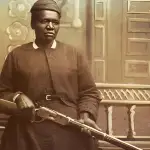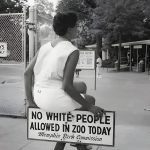Elizabeth Hobbs Keckley was a prominent figure in 19th-century America, renowned as a dressmaker, activist, and writer based in Washington, D.C. Notably, she held a close relationship with Mary Todd Lincoln, becoming her trusted confidante.
Keckley’s life story is one of resilience, creativity, and advocacy, making her a notable figure in American history.
Keckley’s Tough Childhood
Keckley was born into slavery in February 1818, in the south of Petersburg. Her mom, Agnes, was a light-skinned Black woman with roots in the planter class.
Even though it was against the law for enslaved folks to learn, Agnes, who they called “Aggy,” managed to read and write.
Before her mom passed away, she told Keckley that her dad was Armistead Burwell. Agnes then married George Pleasant Hobbs, who was a literate enslaved man working nearby when Keckley was young.
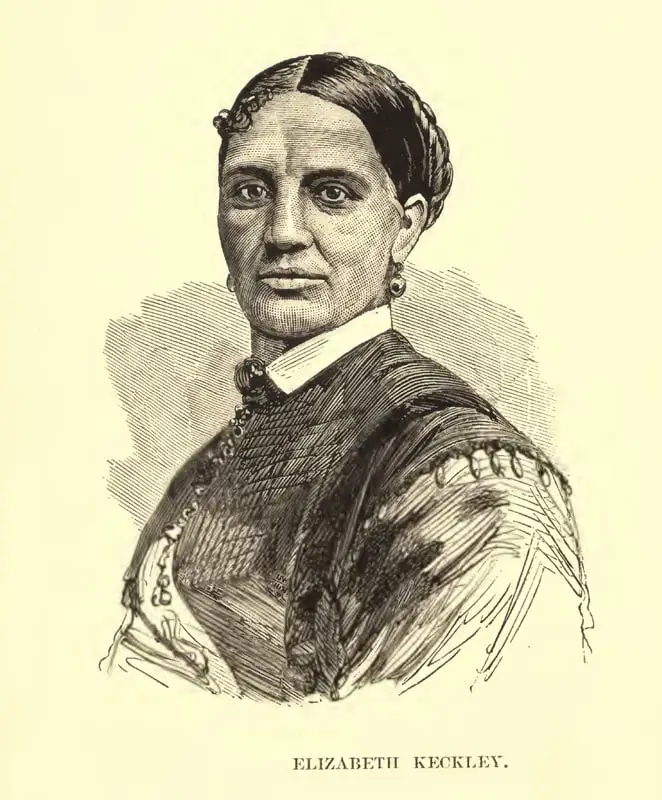
When the owner of Hobbs moved far off, he got separated from Agnes. Even though they never got back together, Agnes and George kept in touch through letters for many years. As an adult, Elizabeth Keckley wrote:
“My father and mother never met again in this world. They kept up a regular correspondence for years, and the most precious mementoes of my existence are the faded old letters that he wrote, full of love, and always hoping that the future would bring brighter days. In nearly every letter is a message for me. ‘Tell my darling little Lizzie,’ he writes, ‘to be a good girl, and to learn her book. Kiss her for me, and tell her that I will come to see her some day.’ Thus he wrote time and again, but he never came. He lived in hope, but died without ever seeing his wife and child.”
Keckley was enslaved by Burwell, who served as a colonel in the War of 1812, and his wife Mary. She lived in the Burwell house with her mother and began working when she was 4 years old.
The Burwells had four children under the age of 10, and Keckley was assigned to be the nursemaid for their infant Elizabeth Margaret. Keckley was harshly punished if she failed to care properly for the baby.
One day she accidentally tipped the cradle over too far, causing the infant to roll onto the floor, and Mary Burwell beat her severely.
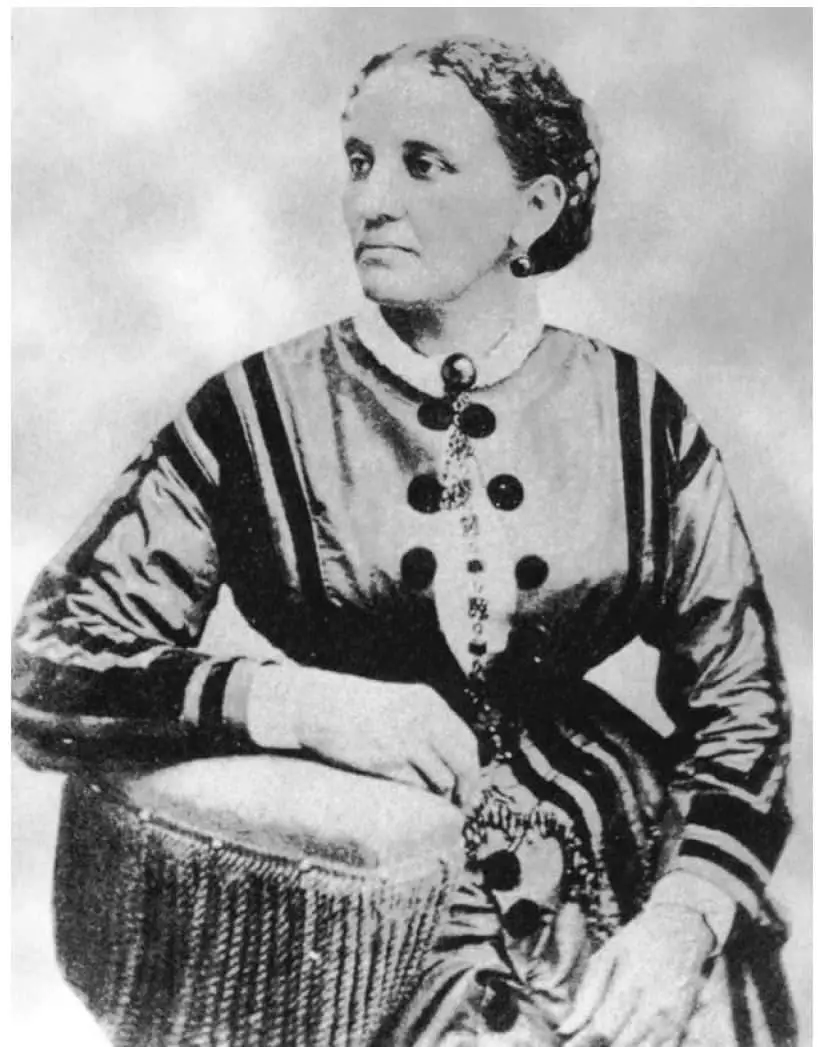
At age 14, Keckley was sent “on generous loan” to live with her half-brother Robert and his wife Margaret Anna Robertson in Chesterfield County, Virginia.
Unfortunately, Margaret made life difficult for Elizabeth during the four years she spent there. The family later relocated to Hillsborough, North Carolina, where Robert served as a minister and ran the Burwell School for girls from their home until 1857.
Keckley stated that Margaret seemed “desirous to wreak vengeance” upon her, making her time in their household challenging.
Margaret sought help from their neighbor, William J. Bingham, to tame Elizabeth’s “stubborn pride.” At 18, Bingham called Elizabeth to his quarters and demanded she undress for a beating.
Keckley refused, asserting her rights, and “you shall not whip me unless you prove the stronger. Nobody has a right to whip me but my own master, and nobody shall do so if I can prevent it.”
Despite her protests, Bingham bound her hands and administered a brutal beating, leaving her with bleeding welts on her back. This abuse continued over several weeks, with Bingham repeatedly flogging her until exhaustion.
Through it all, Elizabeth suppressed her tears and cries. However, after several failed attempts to break her spirit, Bingham had a change of heart, declaring that “it would be a sin” to beat her anymore. Elizabeth, though scarred by the abuse, forgave him, and he kept his promise never to harm her again.
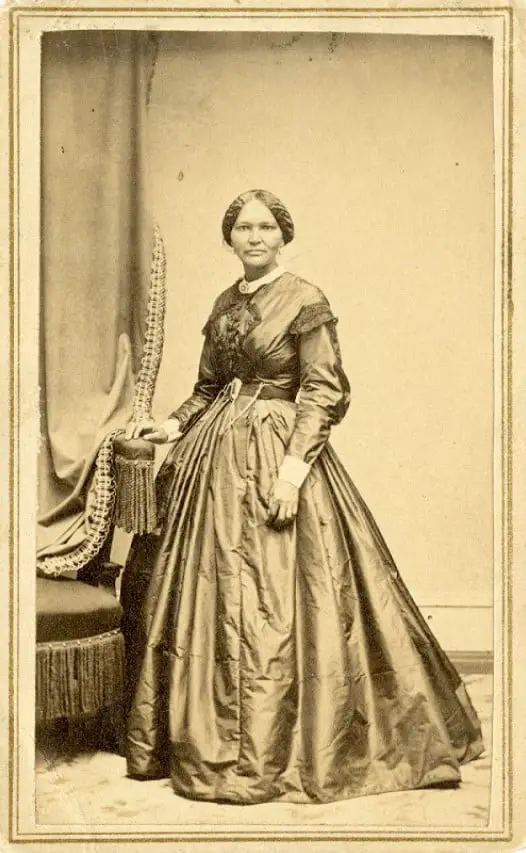
In 1836, Elizabeth Keckley found herself in the hands of Alexander M. Kirkland, a prominent figure in Hillsborough, Virginia. Keckley endured four years of unspeakable suffering and humiliation at the hands of Kirkland.
In 1839, she gave birth to Kirkland’s son, whom she named George, after her stepfather.
She claimed, “For four years, a white man—I will spare the world his name—had base designs upon me. I do not care to dwell upon the subject, for it is one that is fraught with pain. Suffice it to say that he persecuted me for four years, and I … I became a mother.”
Then, Keckley was returned to Virginia to service her half-sister Ann’s family. they relocated multiple times until settling in St. Louis, Missouri, in 1847. Aggy, Elizabeth, and George were brought with them for their child care and sewing skills.
During her time in St. Louis, Keckley honed her sewing skills and supported 17 members of Ann’s family through her tireless work. This was crucial as the family had experienced significant financial setbacks.
Over the course of nearly 12 years, Keckley had the opportunity to interact with the large free black community in the city. Additionally, she developed relationships with women in the white community, which proved beneficial in her later career as a free dressmaker.
Road To Freedom
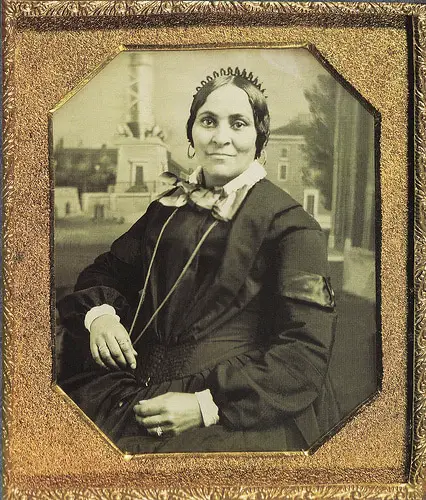
Keckley met her future husband James in St. Louis, but she held off on marrying him until she and her son could gain their freedom. She was determined not to bring another child into the bonds of slavery.
Despite her efforts, Ann’s husband, Hugh A. Garland, initially refused to grant their freedom. Undeterred, Keckley spent two years tirelessly persuading him, eventually agreeing to buy her freedom. In 1852, Garland relented, agreeing to release them for $1,200.
Elizabeth “Lizzie” Le Bourgeois, her patron, took up support among her circle of friends to lend Keckley the necessary funds. With their help, Keckley was able to purchase her and her son’s freedom, and they were officially freed on November 15, 1855.
According to official documents, she was already married to James Keckley by that time. She remained in St. Louis until she repaid the $1,200 loan, after which she planned to leave the city along with James Keckley.
Step By Step To Become A Remarkable Seamstress Of Elizabeth Keckley
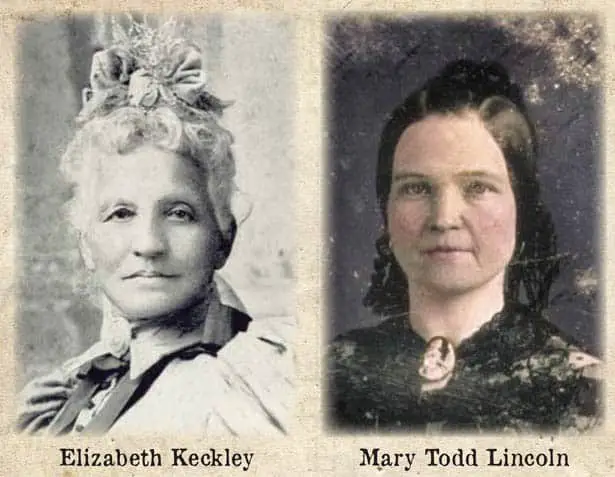
In 1860, she decided to enroll her son, George Kirkland, at the newly established Wilberforce University. That same year, she moved to Baltimore, Maryland, where she stayed for about six weeks.
Her plan was to teach young “colored women” her innovative method of cutting and fitting dresses. However, she quickly realized that she wouldn’t be able to earn enough to support herself and her son.
Keckley then set her sights on working as a seamstress in Washington. However, she encountered a significant obstacle: she couldn’t afford the required license for a free black person to reside in the city for more than 10 or 30 days.
Fortunately, one of her patrons, a woman named Miss Ringold, stepped in and petitioned Mayor James G. Berret on her behalf. Mayor Berret graciously granted Keckley the necessary license free of charge.
Keckley steadily grew her clientele so that she had enough work to support herself. One pivotal moment came when she crafted a silk dress for Mary Anna Custis Lee, wife of Robert E. Lee, to wear to a dinner party attended by the Prince of Wales, future King Edward VII.
Lee’s dress received widespread praise, catapulting Keckley’s business to new heights. Eventually, she expanded her operation to employ 20 seamstresses at her 12th Street establishment.
As Keckley’s business flourished, she hired seamstresses to assist in dressmaking while she focused on fitting garments. Her talent for draping fabric and achieving impeccable fits earned her a reputation as the go-to dressmaker in D.C.
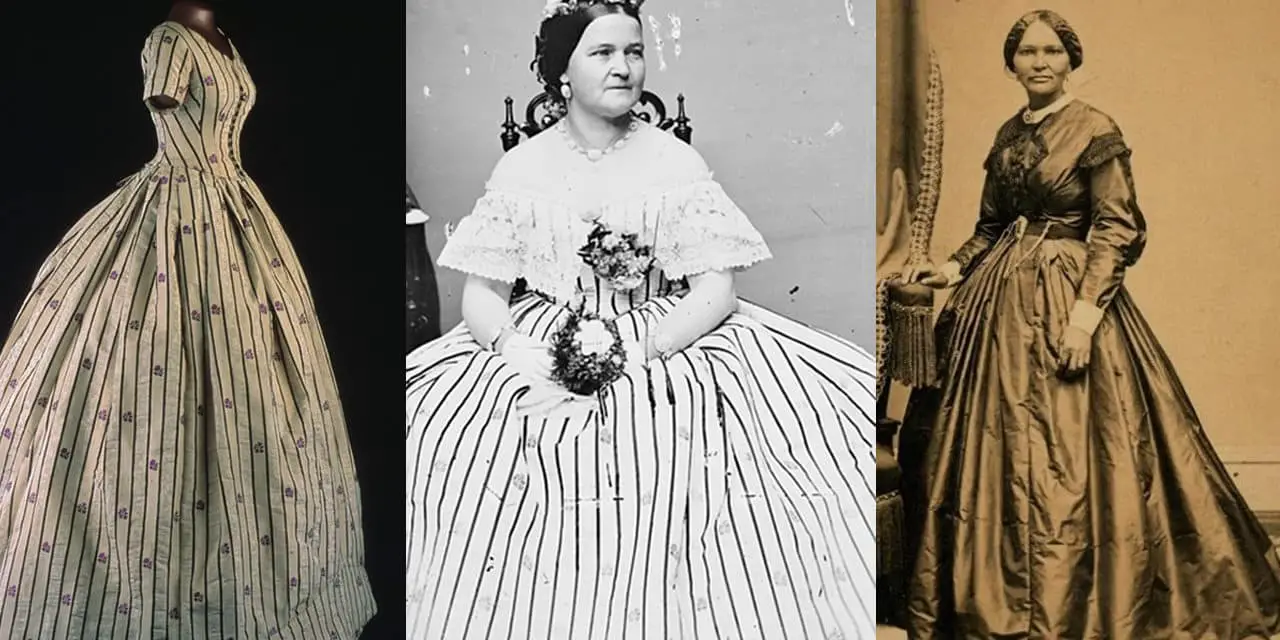
The Smithsonian Institution states, “She was known to be the dressmaker in D.C. because her garments had extraordinary fit.” Despite the perceived high cost of her dresses, Keckley often earned more from the fabric commission than from the actual construction of the clothing.
Keckley later became the favored family seamstress for Varina Davis, wife of then-Senator Jefferson Davis. Davis introduced her to Margaret McLean, daughter of General Edwin Vose Sumner.
Despite Keckley’s busy schedule, McLean arranged a meeting with the newly elected President Abraham Lincoln and his wife, after Keckley completed an urgent dress order for her for an event at the White House with the help of hired seamstresses.
Impressed by her work, Lincoln selected Keckley as her personal modiste and dresser. Keckley’s clothing style was a simplified version of Victorian fashion, featuring clean lines and minimal embellishments.
One of her notable creations was a dress worn by Mary Todd Lincoln in 1861 during a photo session at Mathew Brady’s Washington Photography Studio.
Keckley’s Later Years
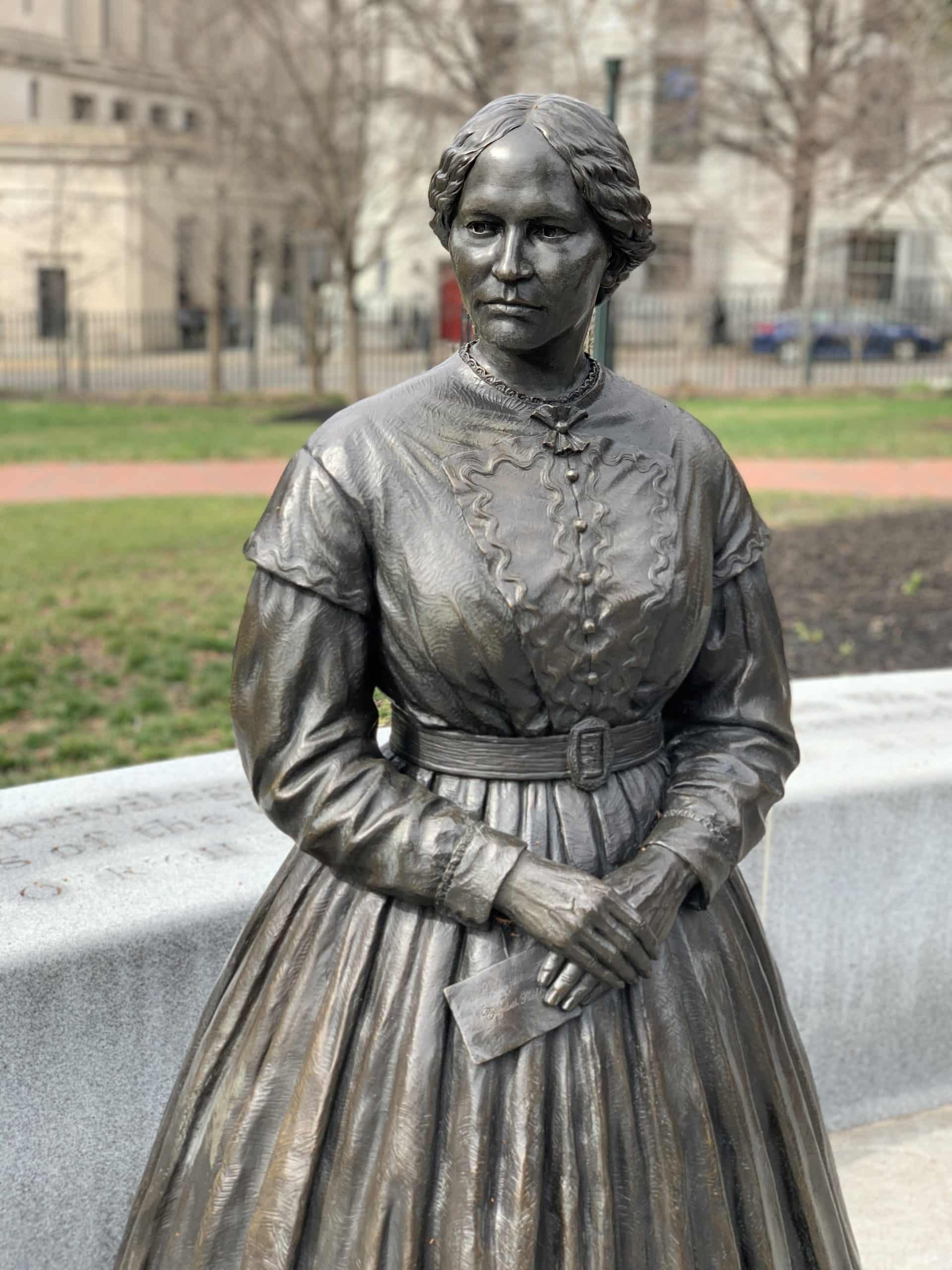
After the District of Columbia freed enslaved individuals in April 1862, she established the Ladies’ Freedmen and Soldier’s Relief Association to aid those transitioning to freedom. Supported by the Lincolns, she tirelessly visited contraband camps, offering assistance and support to those in need.
Even after emancipation, Keckley continued her efforts to make ends meet until around 1890. Then, in 1892, she received an opportunity to join the faculty at Wilberforce University, leading the Department of Sewing and Domestic Science Arts.
Relocating to Ohio, she embraced this new role. The following year, she showcased her talents at the Chicago World’s Fair, representing Wilberforce with pride. However, a mild stroke in 1893 led to her resignation from the university.
Less-Known Facts
- Elizabeth Keckley’s remains have disappeared.
- Keckley designed a quilt using leftover fabric from dresses she made for Mrs. Lincoln.
- Elizabeth Keckley was a writer. One of her most outstanding works is the autobiography, Behind the Scenes: Or, Thirty Years a Slave and Four Years in the White House.

